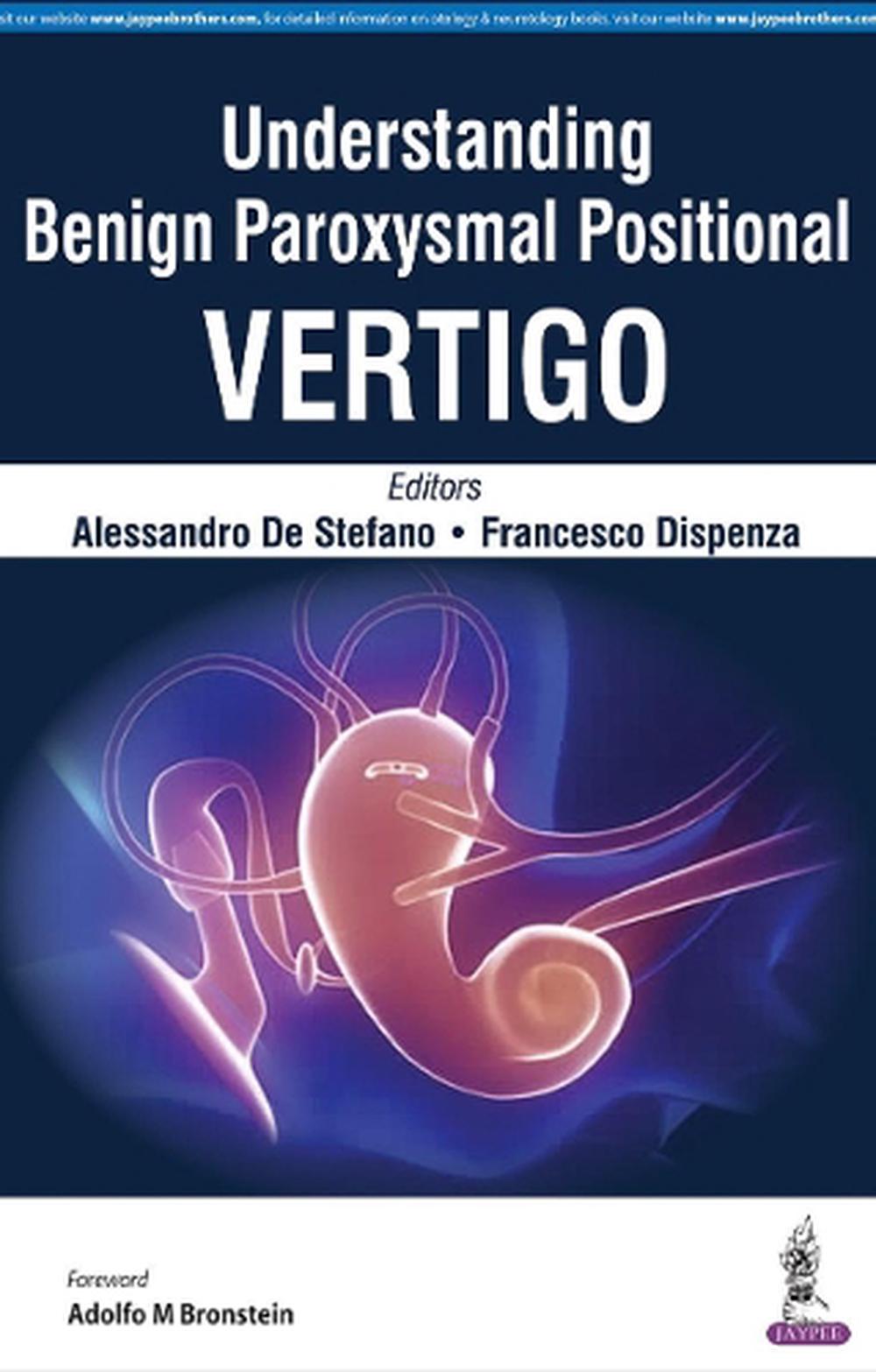
Forty-four percent of patients treated successfully with the canalith repositioning procedure redevelop BPPV within the first 2 years. 7, 8Īlthough treatment is presently very effective, BPPV often recurs. Brandt-Daroff exercises have a 23% to 98% success rate over a 1- to 2-week period. The Brandt-Daroff exercises are often impractical because patients do not tolerate repeated provocation of symptoms. 7 Patients perform 5 cycles of the exercise 4 times per day until no symptoms of vertigo are experienced for 2 consecutive days during their daily routine or with the exercises. 6 Another positional exercise is the Brandt-Daroff exercise. The success rate for a single treatment session is 78%.
#Benign positional vertigo series
The clinician moves the patient through a series of positions. One of these maneuvers, the canalith repositioning procedure, 5 is designed to treat BPPV involving the posterior semicircular canal (BPPV-PC). 4 To alleviate the symptoms of BPPV, positioning maneuvers were developed to remove debris from the semicircular canals.
#Benign positional vertigo free
Currently it is thought that most BPPV is caused by canalithiasis, free debris within the long arm of the semicircular canal. The brief period of vertigo is caused by abnormal stimulation of the dependent semicircular canal. 1īenign paroxysmal positional vertigo is a mechanical disorder of the inner ear characterized by brief periods of vertigo experienced when the position of the patient’s head is changed relative to gravity. Elderly patients with unrecognized BPPV are more likely to have reduced activities of daily living scores, to have sustained a fall in the previous 3 months, and to be depressed. 2 Benign paroxysmal positional vertigo affects the quality of life of elderly patients. 2 The incidence of BPPV increases with each decade of life, 3 with the peak incidence occurring in the sixth and seventh decades of life. 1 The most common cause of dizziness in the elderly is benign paroxysmal positional vertigo (BPPV), accounting for 26% of all dizziness. In an inner-city geriatric population, 61% reported symptoms of dizziness.

A history of recurrent BPPV-PC did not affect frequency of recurrence (Pearson χ 2, P = .33) or time to recurrence (survival analysis, log-rank test, P = .72).Ĭonclusion Our results suggest that a daily routine of Brandt-Daroff exercises does not significantly affect the time to recurrence or the rate of recurrence of BPPV-PC.ĭizziness is a major problem of the elderly. There was no significant difference in the frequency of recurrence (Pearson χ 2, P = .33) or time to recurrence (survival analysis, log-rank test, P = .92). Results Symptoms recurred in 50 (43%) of the 116 subjects, 34 (47%) of 73 in the no-treatment group and 16 (37%) of 43 in the treatment group. Within 1 to 2 weeks, patients were evaluated in the clinic with the Dix-Hallpike maneuver or, if unable to travel to the clinic, interviewed by telephone.

If BPPV had recurred, patients contacted the principal investigator within 24 hours.

Every 2 months patients were mailed a questionnaire. Main Outcome Measures Follow-up was as long as 2 years. Interventions Patients in the treatment group (n = 43) performed daily Brandt-Daroff exercises, while patients in the no-treatment group (n = 73) performed no exercises.

Patients One hundred sixteen patients diagnosed with BPPV involving the posterior semicircular canal (BPPV-PC) who were successfully treated with the canalith repositioning procedure. Setting Tertiary referral center and outpatient clinic. Objective To determine if a daily routine of Brandt-Daroff exercises increases the time to recurrence and reduces the rate of recurrence of benign paroxysmal positional vertigo (BPPV).ĭesign Random sample of convenience and retrospective case review.


 0 kommentar(er)
0 kommentar(er)
